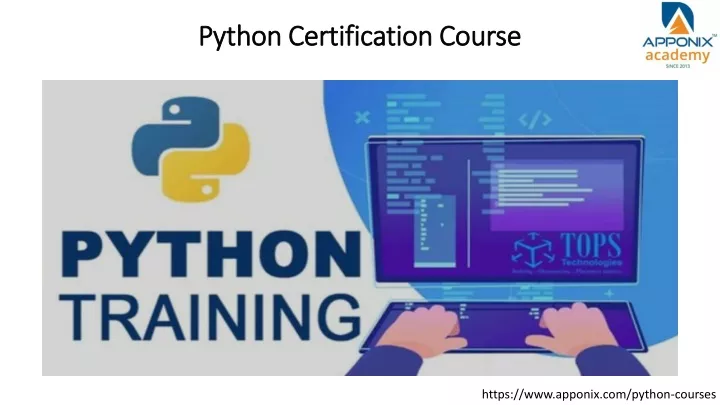
Consider a situation where you are working with massive data units or performing numerous calculations. In such a case, the optimal selection for memory and efficiency would seemingly be the double-star operator. The increased efficiency may lead to a extra streamlined execution course of, doubtlessly reducing the computational burden on your system. Efficiency : File dealing with operations in Python might be slower than different programming languages, particularly when dealing with massive information or performing advanced operations. What is Python file handling? Python file dealing with refers to the process of working with information on the filesystem. It includes operations such as reading from recordsdata, writing to files, appending data and managing file pointers. ] corresponds to the values. ] was used to stand for the values. Loops are sometimes used to iterate and manipulate sequential knowledge sorts. The for loop in Python may be very just like other programming languages. We can use break and continue statements with for loop to change the execution. Nonetheless, in Python, we will have optional else block in for loop too. I hope you could have gained some interesting concepts from the tutorial above. When you have any questions, tell us within the comments below.
Thread Security: When using customized capabilities in a multi-threaded environment, ensure your functions are thread-protected. Consider using connection per thread.For more complex database operations, you might want to check out Python SQLite3 execute() Technique Guide or find out about committing changes. SQLite's performance with customized Python functions. It lets you implement specialised calculations and operations immediately in your SQL queries. We can get out of the for loop utilizing the break assertion. This will terminate the for loop execution and the code block won’t be executed for the remaining elements of the iterable. This is helpful when we found what we're searching for and don’t need to course of other components of the iterable. Now, if you're involved in understanding tips on how to implement information science concepts with Python, you possibly can go through this blog on Python Knowledge Science tutorial. Further, check out our affords for the Python certification course. You can also go through these free Python Coding Interview Questions prepared by trade consultants.
It is important to know Python's basic ideas to put it to use successfully. Variables are used to carry data in Python and do not must be explicitly declared. A variable's knowledge kind is automatically ascertained by looking at the worth that's assigned to it. Control structures manage the flow of execution in a program. Object-oriented programming, which divides code into courses and objects, is supported by Python. Python has robust error and exception dealing with features that ensure the program can deal with unforeseen circumstances politely. The next table lists the line plot types. Keep in mind that you can too use these types with different sorts of plots. For example, a scatter plot can use these types to define every of the information factors. When in doubt, strive the kinds to see whether they’ll work with your explicit plot. It’s sort of superb to suppose that IPython offers you with magic, however that’s precisely what you get with the magic features. Most magic capabilities begin with both a % or %% sign. Those with a % signal work inside the setting, and those with a %% signal work on the cell level.
Be aware: For more information, refer Python Units. Dictionary in Python is an unordered collection of information values, used to store information values like a map. Dictionary holds key:worth pair. Each key-worth pair in a Dictionary is separated by a colon :, whereas every key is separated by a ‘comma’. Observe: For extra info, refer Python Nested Dictionary. Every thing in Python is handled as an object so every variable is nothing but an object in Python. A variable might be either mutable or immutable. If the variable’s value can change, the object is named mutable, whereas if the worth cannot change, the item is called immutable. We'll learn the distinction between mutable and immutable sorts within the later part of this article.
Within the Automate the Boring Stuff with Python online e-book, you will learn about dictionaries, strings, debugging, common expressions and more. When you choose a video format, then you can undergo the YouTube sequence that Al Sweigart put collectively. In this 12 hour YouTube Edureka course, you'll find out about functions, loops, lists, conditionals, error handling and more. This course will even discuss career opportunities in Python and salary expectations for Python builders. On this TechWorld with Nana YouTube course, you'll find out about strings, variables, OOP, functional programming and more. You will also construct a couple of initiatives including a countdown app and a challenge centered on API requests to Gitlab. In Python, you may retailer values to variables. The value of a variable can then be changed all through the execution of this system. As you may think about, storing information is essential to a computer program. For example, a typical game utility retains monitor of some type of rating. Behind the scenes, the rating is a variable that is up to date based mostly on sure actions. It is a comprehensive guide on variables in Python.